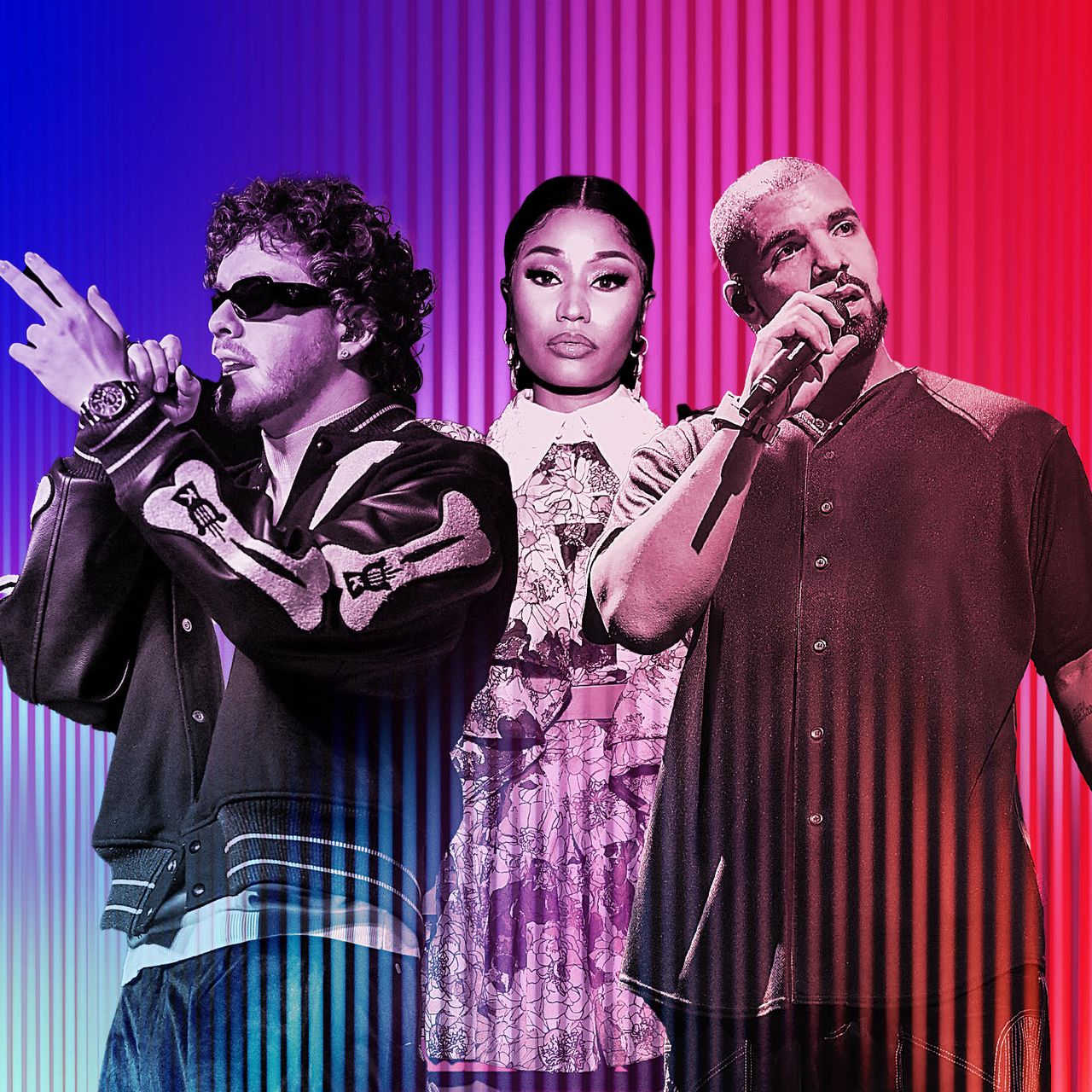Rap and R&B are two of the most popular urban music genres with unique artistic qualities. They differ in their lyrical content with rap music focusing on storytelling while R&B emphasizes expressing emotions about love and heartbreak. In terms of musical production, rap music is associated with high energy beats while R&B has a more laid-back sound that emphasizes vocals and instruments. The fan base for rap music is commonly associated with the younger generation while R&B has a broader demographic. Both genres have made significant contributions to the music industry and are essential parts of urban music history.
Rap vs. R&B: Examining the Artistic Merits of Two Urban Music Genres
Introduction
Urban music has been a significant part of the music industry for decades, and two of the most popular genres in this category are rap and R&B. While the two have similarities, they differ in several ways, from their lyrical content to musical production, and even their fan base. In this article, we will compare and contrast the artistic merits of rap and R&B, exploring the distinctive qualities that make them both essential parts of the music industry.
Lyrical Content
One of the most notable differences between rap and R&B is their lyrical content. Rap music is known for its fast-paced rhymes and a focus on storytelling. The lyrics in rap music are often about the artist’s life, struggle, and experiences. The content can range from political issues to street life, love, and even sex. On the other hand, R&B music tends to focus on love, heartbreak, and relationships. The love songs in R&B music are emotional and poignant, whereas in rap music, the love songs portray a more intense and passionate side.
Musical Production
When it comes to musical production, rap and R&B differ in several ways. Rap music is characterized by its use of beats, sample-based instrumentation, and the extensive use of electronic instruments. It often includes fast-paced verses and high energy beats. R&B, on the other hand, has a more laid-back sound. It typically employs the use of smooth melodies, soulful harmonies and is slower-paced than rap music. R&B music is more instrument-driven and includes instruments such as pianos, guitars, and saxophones, in addition to electronic instruments.
Performance Styles
Another difference between rap and R&B music is their performance styles. Rap performances are often characterized by high energy, with the artist rapping their lyrics fast-paced and aggressively. It involves the use of dynamic stage presence, often including gestures and movements that are reminiscent of hip hop culture. R&B performances tend to be more laid-back, and the artists use less stage presence. Also, R&B performances are more vocal-driven, with the artist using their voice to convey emotional depth and range.
Fan Base
Rap and R&B music appeal to a wide range of people, but their fan base is different. Rap music is generally popular among younger audiences, especially teenagers and young adults. It is often associated with the hip hop culture and street life. R&B music, on the other hand, has a broader demographic. Its audience ranges from middle-aged couples to younger adults. Additionally, R&B music is popular among those who appreciate a good love song and desire to connect to their emotions on a deeper level.
Conclusion
In conclusion, rap and R&B are two of the most popular urban music genres, each with its unique artistic qualities. Rap music’s lyrical content focuses on storytelling and life experiences, while R&B music emphasizes expressing emotions and sharing stories about love and heartbreak. Rap music is characterized by its use of high energy beats and fast-paced rap vocals, while R&B music has a more laid-back sound that emphasizes vocals and instruments. Further, rap music’s fan base is often associated with the younger generation, while R&B music has a broader demographic. Ultimately, both genres have made significant contributions to the music industry and are essential parts of urban music history.
